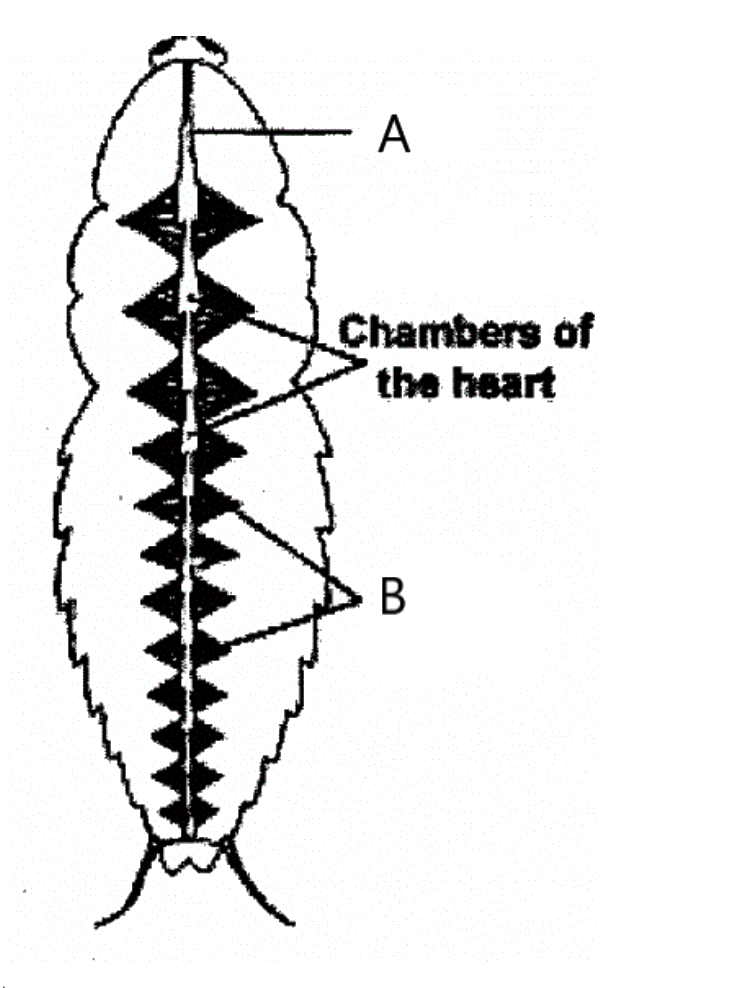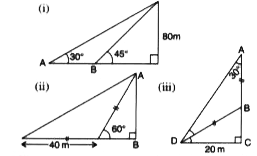Refer to the figures of skull given below and indentify the one which has evolved recently.
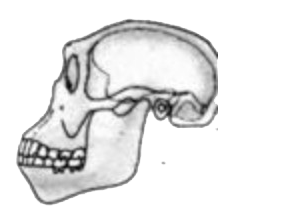
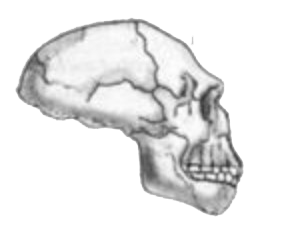
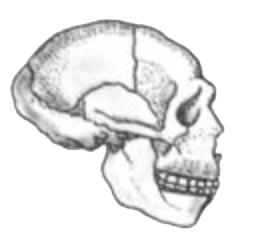

The correct Answer is:D
To identify the skull that has evolved recently among the four given skulls, we can follow these steps:
Step 1: Analyze the Cranial Capacity
- Observation: Compare the size of the skulls. The cranial capacity refers to the volume of the skull which houses the brain.
- Conclusion: Generally, as evolution progresses, cranial capacity increases. The skull with the largest cranial capacity is likely to be the most recently evolved.
Step 2: Examine the Jaw Structure
- Observation: Look at the jaw sizes of the skulls. Earlier ancestors had larger, protruding jaws, while more recent species have smaller, less protruding jaws.
- Conclusion: A skull with a reduced jaw size indicates a more recent evolutionary stage.
Step 3: Compare the Skulls
- Observation:
- Skull 1 has the smallest cranial capacity and a large protruding jaw, suggesting it is the most primitive.
- Skull 2 has a larger cranial capacity than Skull 1 but still has a relatively protruding jaw.
- Skull 3 has a larger cranial capacity than Skull 2 and shows a slightly protruding jaw, indicative of Neanderthals.
- Skull 4 has the largest cranial capacity and a reduced jaw size, characteristic of modern humans (Homo sapiens sapiens).
- Conclusion: Skull 4 is the most advanced in terms of cranial capacity and jaw structure.
Step 4: Identify the Most Recently Evolved Skull
- Final Conclusion: Based on the analysis, Skull 4 is identified as the most recently evolved skull, belonging to Homo sapiens sapiens.
Summary
- The skulls were analyzed based on cranial capacity and jaw structure.
- Skull 4, with the largest cranial capacity and reduced jaw size, is the most recently evolved.
- Observation: Compare the size of the skulls. The cranial capacity refers to the volume of the skull which houses the brain.
- Conclusion: Generally, as evolution progresses, cranial capacity increases. The skull with the largest cranial capacity is likely to be the most recently evolved.
- Observation: Look at the jaw sizes of the skulls. Earlier ancestors had larger, protruding jaws, while more recent species have smaller, less protruding jaws.
- Conclusion: A skull with a reduced jaw size indicates a more recent evolutionary stage.
- Observation:
- Skull 1 has the smallest cranial capacity and a large protruding jaw, suggesting it is the most primitive.
- Skull 2 has a larger cranial capacity than Skull 1 but still has a relatively protruding jaw.
- Skull 3 has a larger cranial capacity than Skull 2 and shows a slightly protruding jaw, indicative of Neanderthals.
- Skull 4 has the largest cranial capacity and a reduced jaw size, characteristic of modern humans (Homo sapiens sapiens).
- Conclusion: Skull 4 is the most advanced in terms of cranial capacity and jaw structure.
- Final Conclusion: Based on the analysis, Skull 4 is identified as the most recently evolved skull, belonging to Homo sapiens sapiens.
- The skulls were analyzed based on cranial capacity and jaw structure.
- Skull 4, with the largest cranial capacity and reduced jaw size, is the most recently evolved.
Similar Questions
Knowledge Check
Refer to the given figure
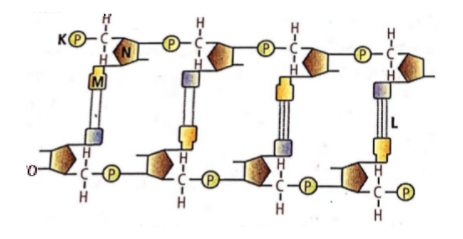 AKLMN5'endPhosphodiester bondThymineRibose sugarBKLMN3'endGlycosidic bondGuanineDeoxyribose sugarCKLMN5'endHydrogen bondAdenineRibose sugarDKLMN5'endHydrogen bondAdenineDeoxyribose sugar
AKLMN5'endPhosphodiester bondThymineRibose sugarBKLMN3'endGlycosidic bondGuanineDeoxyribose sugarCKLMN5'endHydrogen bondAdenineRibose sugarDKLMN5'endHydrogen bondAdenineDeoxyribose sugarRefer to the given figures of Marchantia and identify X and Y.
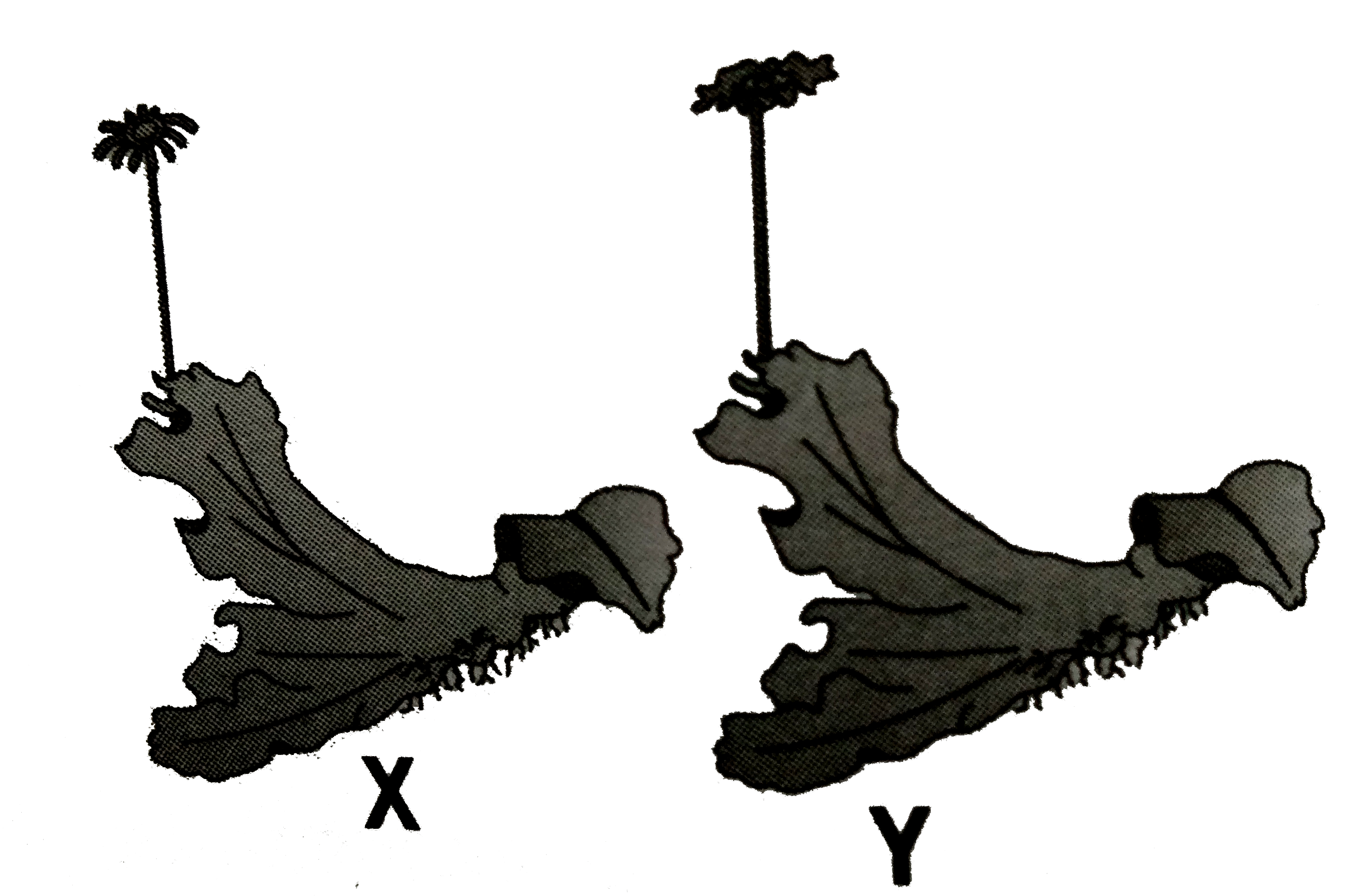 AMale Thallus " " Female ThallusBFemale Thallus " " Male ThallusCOogonium " " AntheridiumDAntheridium " " Oogonium
AMale Thallus " " Female ThallusBFemale Thallus " " Male ThallusCOogonium " " AntheridiumDAntheridium " " OogoniumExamine the given diagrammatic view of human skull given below and identify the skull bones labelled from A-D.
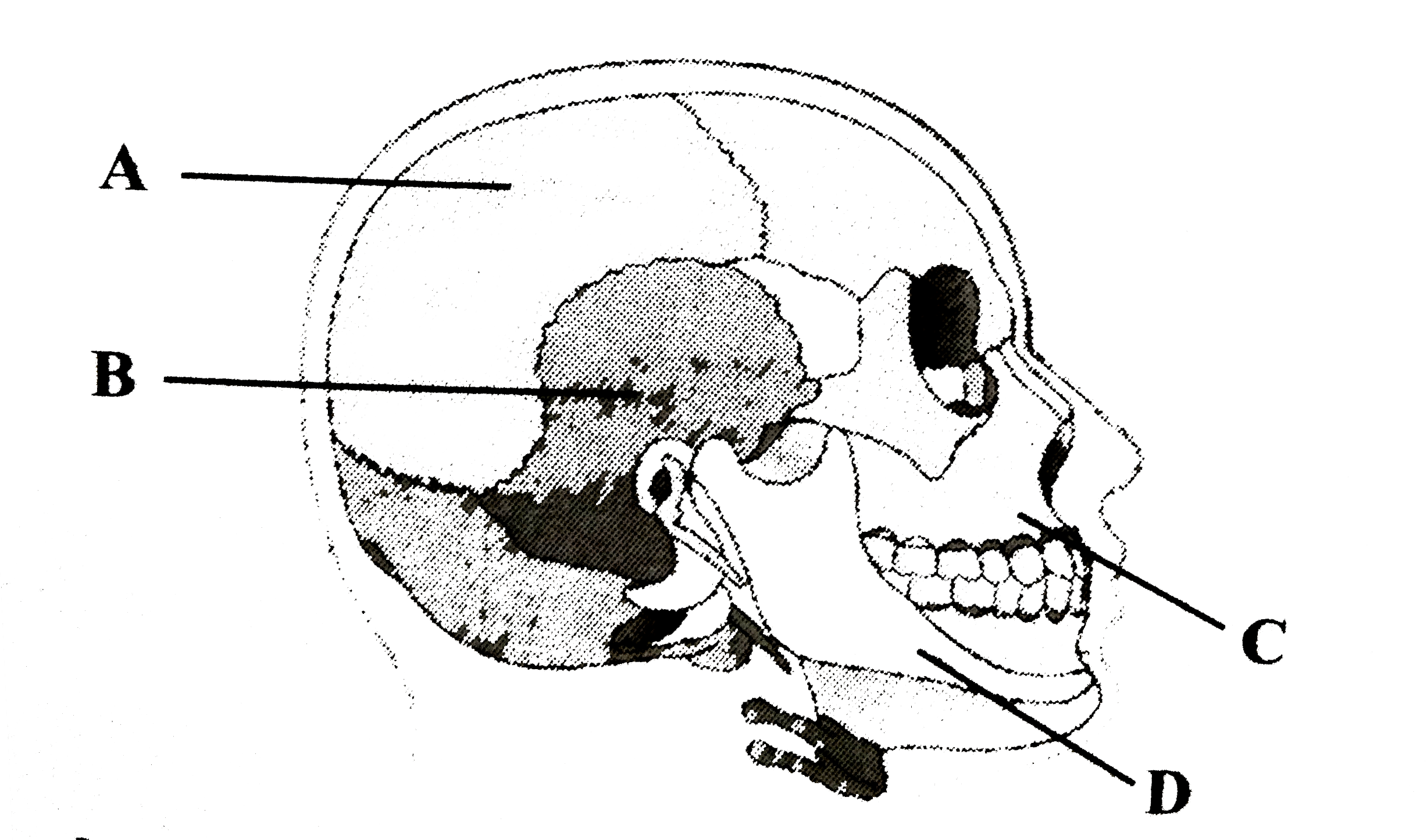 AABCDFrontalTemporalMaxillaMandibleBABCDOccipitalFrontalMandibleMaxillaCABCDParietalTemporalMaxillaMandibleDABCDTemporalParietalMandibleMaxilla
AABCDFrontalTemporalMaxillaMandibleBABCDOccipitalFrontalMandibleMaxillaCABCDParietalTemporalMaxillaMandibleDABCDTemporalParietalMandibleMaxilla
Identify the figure given below.
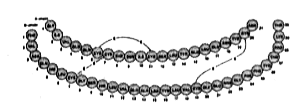
View SolutionObserve the figure given below and identify the liquid which is the most dense and the one which is the lightest.

View SolutionFind the area of the figure given below.
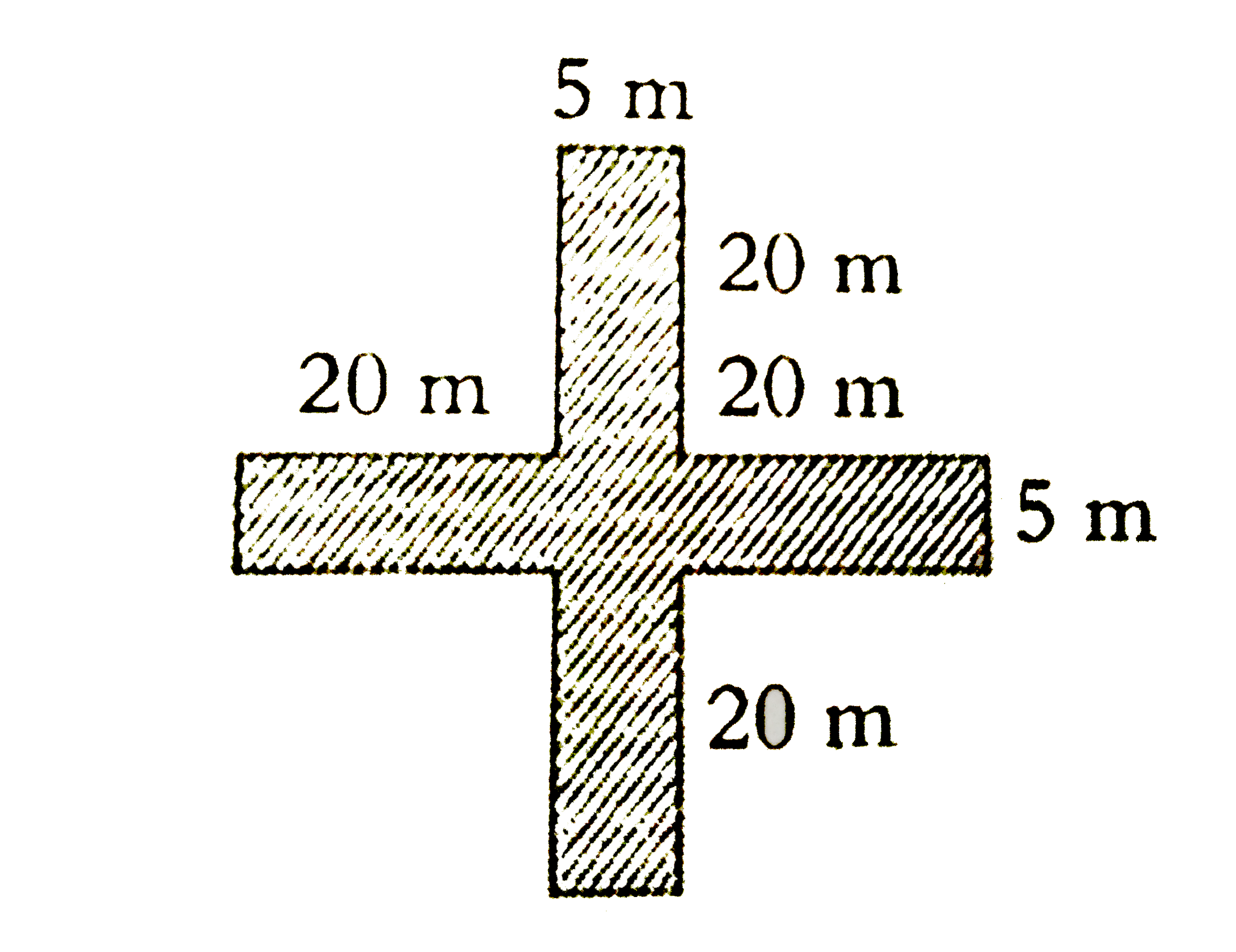
View SolutionExamine the given diagrammatic view of human skull given below and identify the skull bones labelled from A-D.

View SolutionExamine the given diagrammatic view of human skull given below and identify the skull bones labelled from A-D.
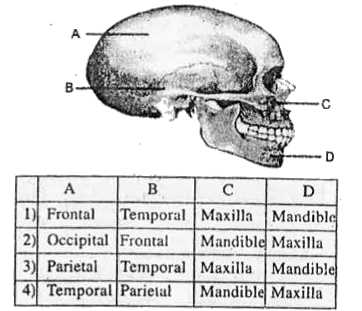
View Solution

